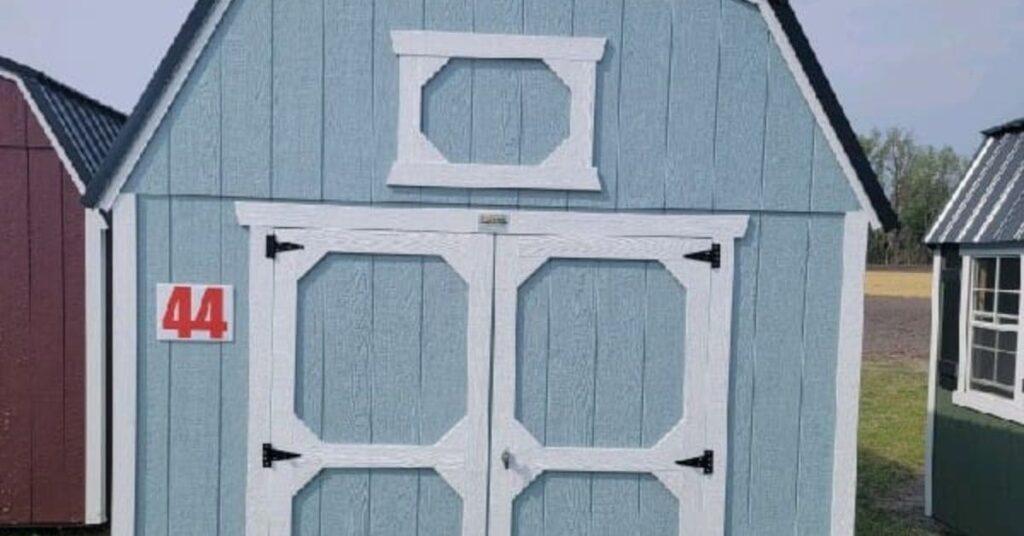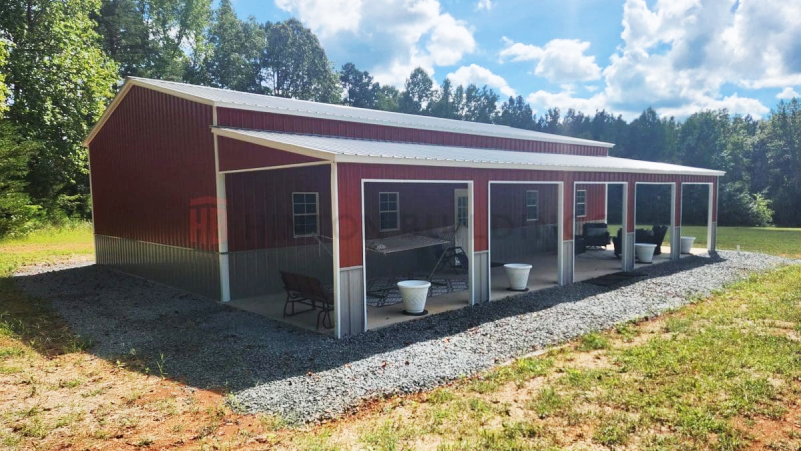
Winter is in full swing. While you may have already prepared your home for the colder months, it’s essential not to overlook your backyard shed.
Learning how to properly winterize your shed can prevent costly repairs and ensure your tools and equipment stay in tip-top shape. This guide will walk you through everything you need to know to make sure your structure and everything inside are ready to face the winter months.
The great thing about sheds is that they offer extra storage for tools, garden supplies, and other items. If you do not properly protect your shed, the harsh winter can wreak havoc upon it, leading to potential structural damage and ruined items. A well-maintained shed can withstand the elements, saving you from expensive repairs down the line. By taking the time to winterize, you’re safeguarding your investments, ensuring they’ll still be in good shape when spring arrives.
Winter weather, which is characterized by freezing temperatures, snow, and ice, can be unforgiving to any structure. Sheds are often built with lighter materials than houses, making them particularly susceptible to winter weather. The weight of snow can strain roofs, while freezing temperatures can cause materials to contract and weaken over time. If left unchecked, these issues can lead to leaks, structural damage, and unwelcome pests seeking shelter in your shed.
Neglecting to winterize your shed leaves it at the mercy of the elements. This exposure can result in rust, mold, and even permanent damage. The cost of ignoring winterization can quickly escalate. Repairing a shed that’s taken a beating during winter is often far more expensive than making time for preventative measures. By investing a little time and effort now, you can avoid hefty repair bills later.

Before the first snowfall, it’s vital to inspect the shed’s structure. These tips will ensure your shed stays robust throughout the cold months:
By following these steps, you can rest assured that your shed will be well-prepared to handle whatever winter throws its way, ensuring your belongings remain safe and in great condition.

Additional winterization measures may be necessary for sheds in regions prone to extreme cold.
In extremely cold climates, the floor of your shed can be a significant source of heat loss. Adding insulation beneath the shed floor can help maintain a more stable temperature inside. Consider using rigid foam insulation to provide extra thermal protection against subfreezing temperatures.
If your shed features windows, upgrading to double-glazed windows can significantly reduce heat loss and improve energy efficiency. These windows are designed to trap a layer of air (or gas) between two panes of glass, providing superior insulation compared to standard single-pane windows.
For sheds that house temperature-sensitive items or that are frequently used during winter, installing a programmable thermostat can prove beneficial. This allows you to set and maintain a specific temperature, minimizing energy usage while ensuring the shed remains warm enough to prevent freezing.
Applying thermal reflective paint to the exterior of your shed can help with energy conservation by reflecting heat into the shed during the colder months. These paints contain special pigments designed to minimize heat loss and maximize heat retention, making them perfect for harsh winter conditions.
Creating windbreaks around your shed can mitigate the impact of cold winds that might seep through tiny gaps and cracks. You can plant natural windbreaks such as trees or shrubs, or you can construct synthetic options like fencing to shield your shed from direct wind exposure.
Advanced techniques like these provide extra peace of mind, ensuring your shed remains secure and functional, no matter how severe the winter weather becomes.
Maintaining your shed is a wise investment that takes time and effort. By following these tips and tricks on how to properly winterize your shed, you can safeguard your structure and its contents against the harshest winter conditions. A well-prepared shed not only protects your belongings but also saves you money in the long run.
Are you looking for a new shed for winter storage? At Hinton Buildings, we understand the importance of well-made structures for all your needs. Our prefab wood storage buildings make it easy to find something that works for you. Let’s work together to keep our sheds safe and sound this winter!
